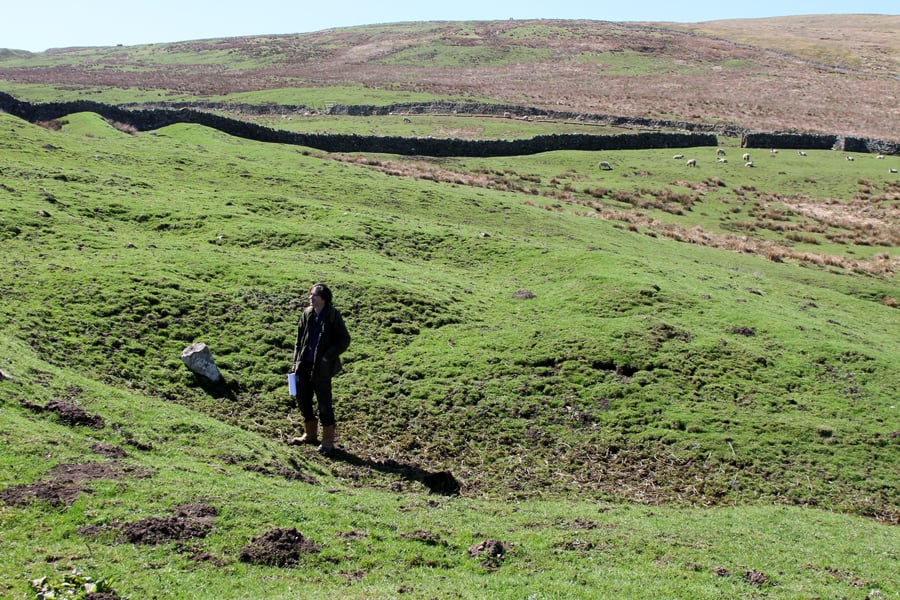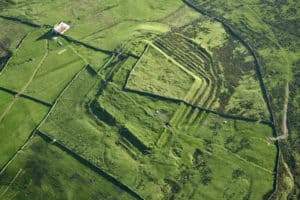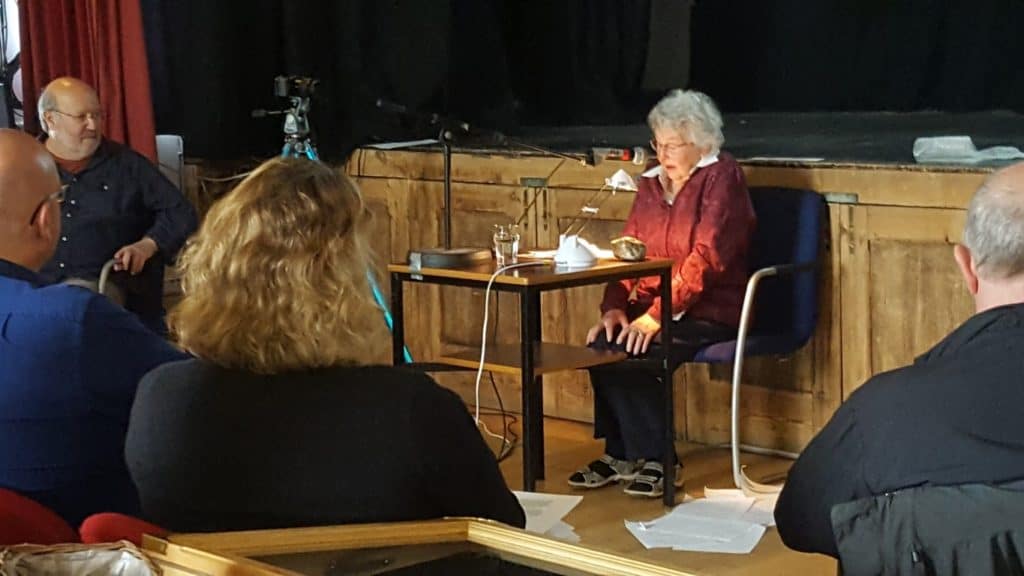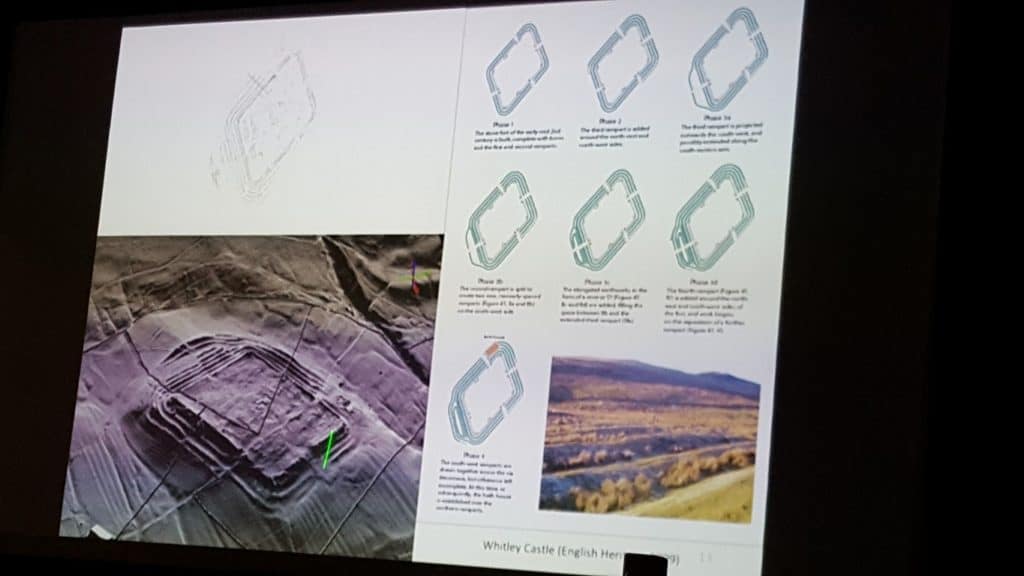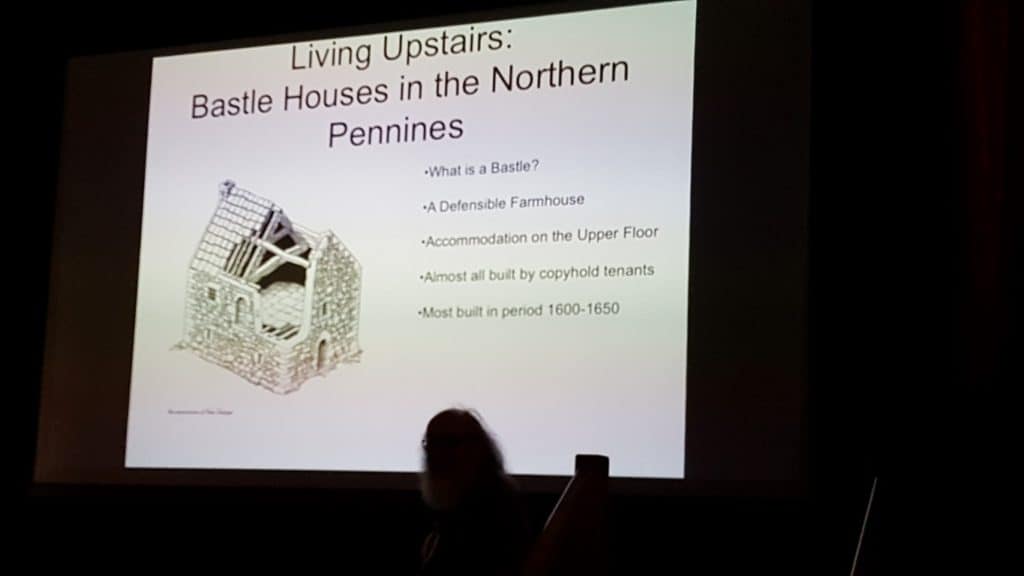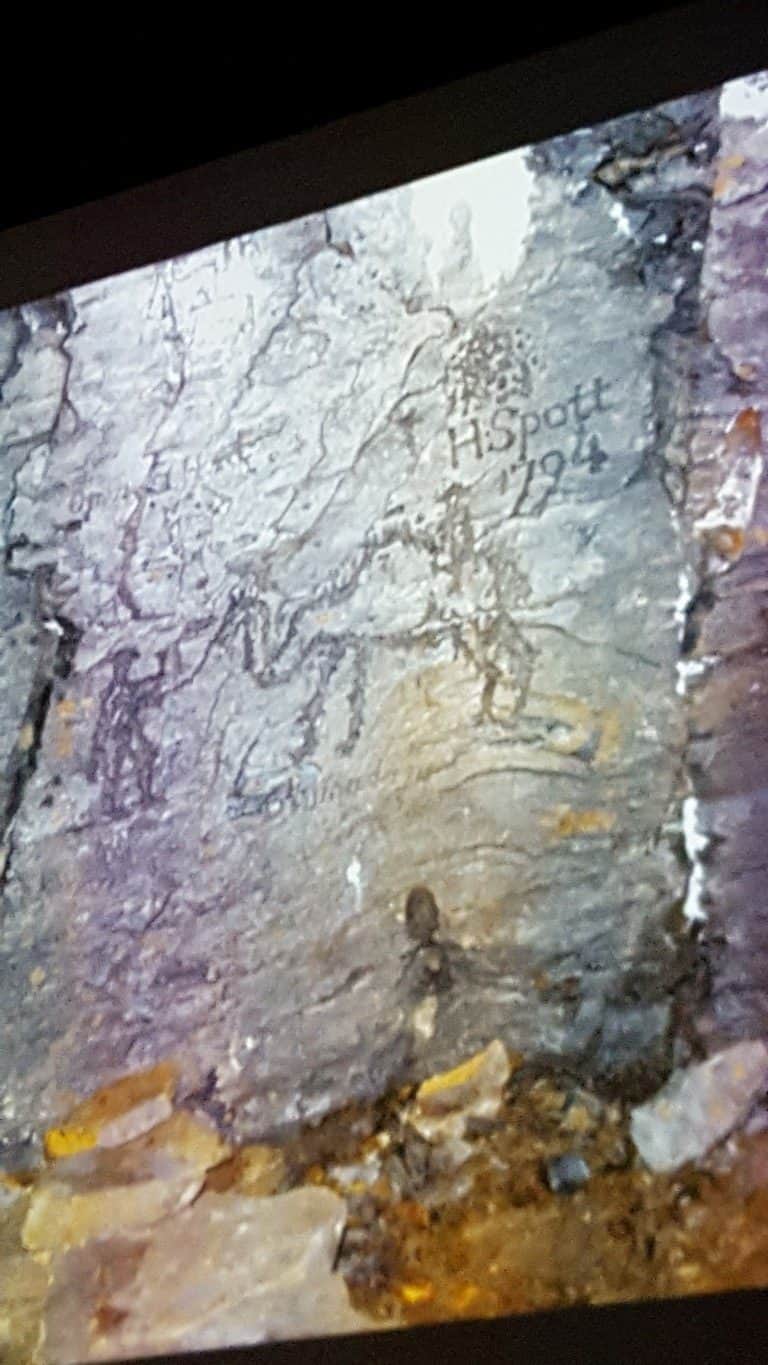Day 1 – Operation Jericho: The wall starts to fall… new finds
The day started with an ominous sign. The Northumberland/Cumbrian hills were wearing clouds as the day started…


Rain was most definitely on the way. Before the volunteers and Archeology students started to break up the wall we had one or two final preparations – marking the features that were obvious so that the removal team could see them at a glance…

as the clouds swirled overhead and the drizzle started…


The walls had been visually inspected and then again with a metal detector – the crosses mark metal readings. The markings relate to defined and specific positions on the wall. Each face has a letter and then divided into 5 meter sections so that finds can be precisely located and reconstructed. Each section of the wall weighs about 16 tons.

As the demolition team gets to work the rain starts in earnest


That penetrating rain that only the North of England can produce.
But the wall falls…






And the finds start..












And then came the last find of the day…
What is believed to be an Amphora neck shard…



We didn’t expect to make much progress today but a large portion of the wall fell and some brilliant finds were made.
I am now drying some of the teams boots (I live close by) over the stove…

whilst the kitchen does its stuff and feeds the workers

An amazing, if a tad damp, first day…
At the end of this day as the clouds (and the rain) head away over the hills a job well done…

In this series:
- Operation Jericho – The Set up
- Day 1 Operation Jericho – The wall starts to fall-new finds
- Day 2 The weather is getting better
- Day 2 The walhttps://youtu.be/Vr4157FW1vcl reveals more secrets
- More Day 2 finds
- Day 3 Some good questions
- Day 3 finds and news about the wall
- Day 4 more wall fun
Overview of the project:
Day 1 – Operation Jericho: The wall starts to fall… new finds Read More »








